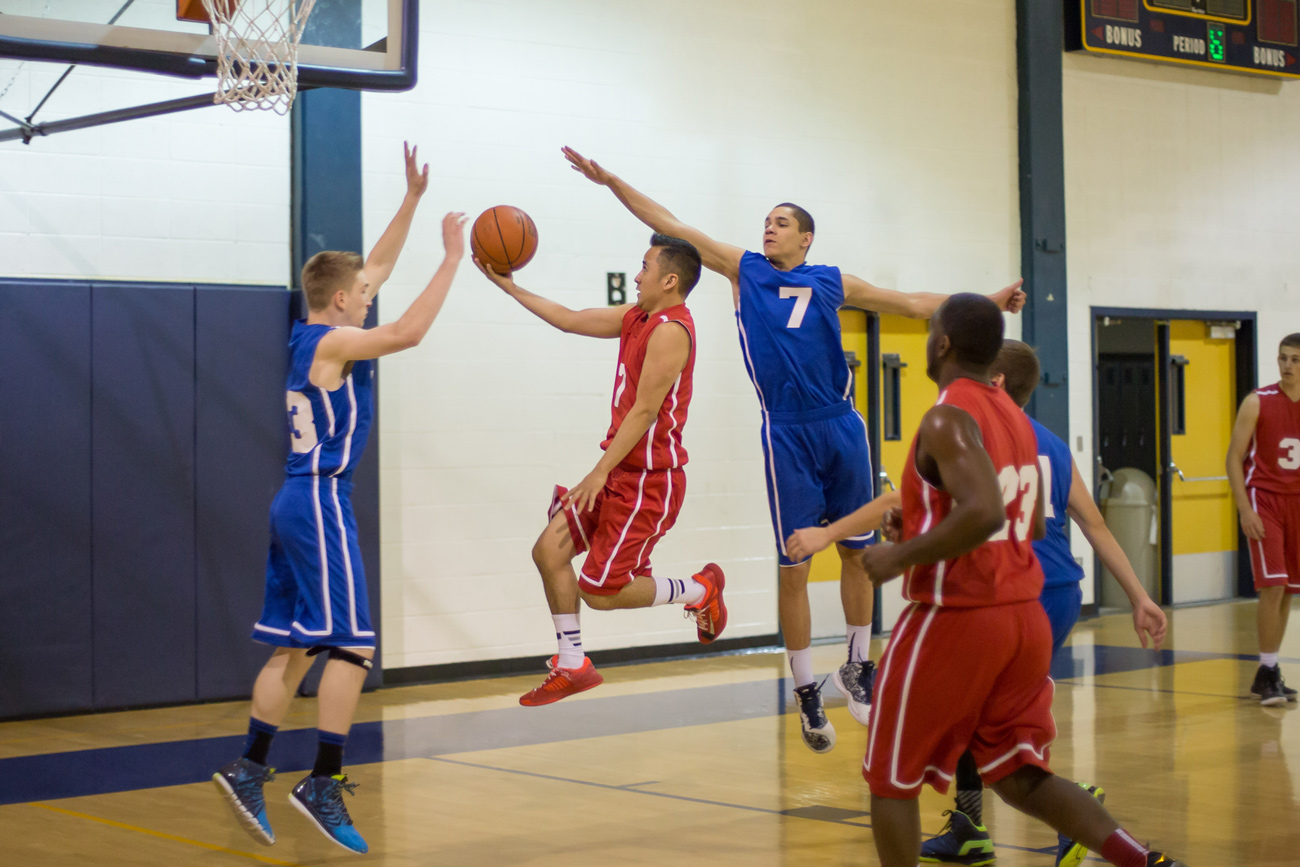
Ranking How Risky School Sports Are For 2020-21 Seasons
Ranking How Risky School Sports Are For 2020-21 Seasons

Will there be school sports in the fall? That’s the multi-million dollar question for team dealers and vendors, and the answer will go a long way to determining whether they pass or fail this school year. Most districts around the country seem to be making plans to return to school in August and September and, along with that, hopefully some sort of fall sports schedule.
The success or failure of these efforts will depend, of course, on how the world of high school sports reacts to a return to play amidst the COVID-19 pandemic. And while there are certainly risks in common with all sports, not all sports are equal. Each has varying levels of risks and in a very informative article in The Oregonian/OregonLive, Dr. Carlos Crespo, a professor in the OHSU-PSU School of Public Health and Fellow of American College of Sports Medicine, and Dr. Ryan Norton, assistant professor of Family and Sports Medicine at OHSU, assessed those risks involved with different sports. They rated those sports as lower, medium or higher risk.
Factors that are considered in the safety of the sport include contact versus non-contact, individual versus team sport and indoor versus outdoor. Generally, non-contact is safer than contact, individual is safer than team sport and outdoor is safer than indoor.
The way sports are played might not look exactly the same as they did before being shut down by the pandemic. Norton and Crespo said preventative measures should be taken, including changing the rules of some sports to create a safer environment.
Here are some of the risk rankings along with some comments supplied by The Oregonian/OregonLive.
HIGHER RISK
BASKETBALL
Crespo rated basketball as the highest risk sport among those discussed. For him, basketball combines all the possible factors that could lead to increased risk because it is played indoors during the winter and the closed environment could lead to a higher risk of the virus spreading compared with outside. Basketball also features close proximity for a prolonged period of time and it is nearly impossible to eliminate contact.
FOOTBALL
Like basketball, football involves prolonged close contact. Norton said the line of scrimmage is what concerns him the most. There, offensive and defensive linemen press up against one another. But the amount of contact at any position provides large risks for the sport. Crespo proposed wearing protective masks under helmets, especially for linemen.
WRESTLING
Wrestling requires contact and the athletes have the potential to touch the other’s face, which has clear high risk. There isn’t much protective equipment to wear in the sport to avoid the spread. The mat would have to be to be sanitized carefully after each match.
MEDIUM RISK
ICE HOCKEY/FIELD HOCKEY
Hockey and field hockey both have some levels of contact naturally involved with the game. More protective equipment such as large gloves are worn in ice hockey, but there is not sufficient face covering. Ice hockey masks don’t cover the mouth at upper levels of the sport, though high school masks can have a full cage. Field hockey doesn’t have masks at all. If players can find a way to have more protective face coverings, the sports would be slightly safer.
SOCCER
Crespo compared soccer to basketball, but argued soccer is far safer because contact happens for a shorter period of time, the field is larger and it is generally played outside. Soccer has more space during the game, and thus is slightly safer than the highest-risk sports, but still involves enough contact to be a medium risk.
LACROSSE
Like hockey, lacrosse has helmets and at all levels of men’s lacrosse, those cover the whole face. Women’s lacrosse only has eye coverings. Lacrosse falls under medium risk for the same reasons as soccer and hockey, but it is played outside as well, which creates a slightly lower risk than indoor sports.
LOWER RISK
BASEBALL/SOFTBALL
It’s a sport where physical distancing is a natural part of the game. Infielders have a higher risk than outfielders, as they will be closer together on the field and also interact with baserunners. For that reason, the first baseman is at higher risk than the third baseman, as more batters reach first base than third. Catchers have the highest risk, since they will be close to the batter and umpire. Norton said that the umpire could be moved to further behind the catcher or behind the pitcher to create more spacing, but the catcher will still be right next to the batter.
TRACK & FIELD/CROSS COUNTRY
Distancing is easier with running. Lanes can be closed between runners to allow more space between them. But Norton and Crespo said that if runners are in the airstream of others, there is the chance for respiratory droplets to spread. The more distance between runners, especially in longer races where spacing happens naturally, creates a safer environment. But there is no contact, which lowers the risk.
VOLLEYBALL
Largely, volleyball can be played spaced out. During the run of play, athletes don’t typically come close to one another. The starting positions have some space between them. Norton said huddles between points should be eliminated to reduce contact.









%20(1).jpg)


.svg)